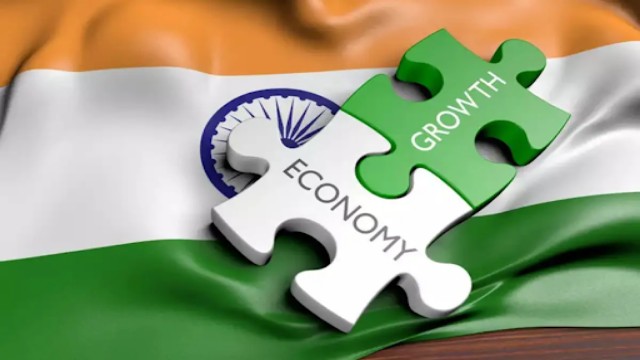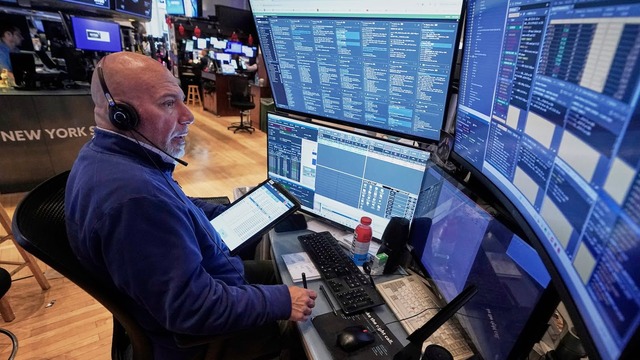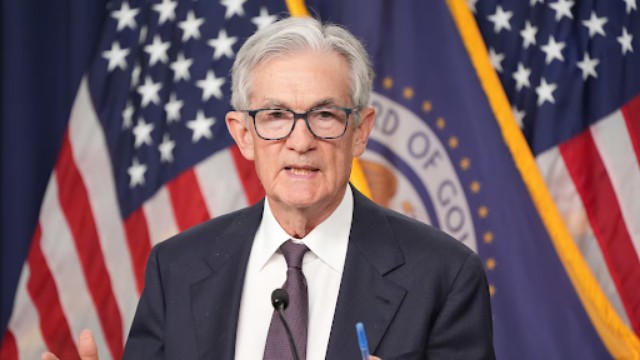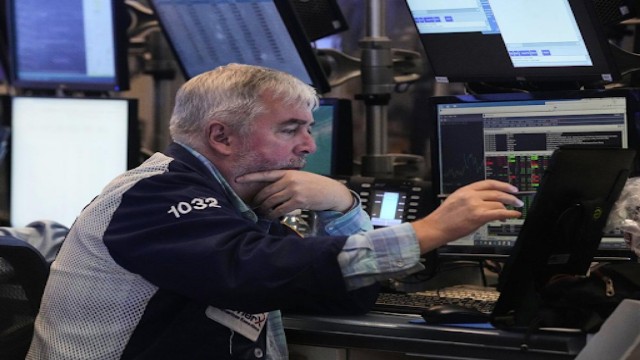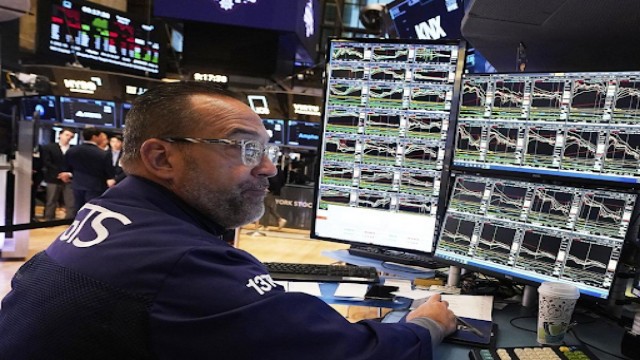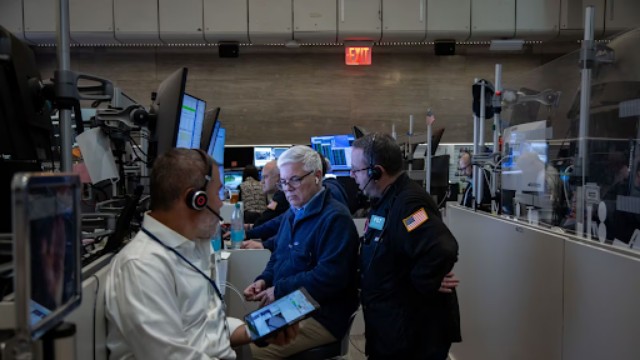
US and China Say Trade Talks Are Moving Forward, But Stay Quiet on the Details
After two days of high-level trade talks in Switzerland, the United States and China have both described the meetings as productive, pointing to "substantial progress" in easing tensions that have fueled a long-standing trade war. However, neither side has shared concrete steps or detailed agreements just yet.
Chinese Vice Premier He Lifeng called the discussions “an important first step” toward settling key disagreements between the world’s two largest economies. The talks were held at the residence of the Swiss ambassador to the United Nations, a neutral venue meant to encourage open dialogue.
Although no specific policies were announced, both countries have agreed to set up a new system for continuing negotiations. This platform will be led by U.S. Treasury Secretary Scott Bessent and Vice Premier He. Bessent is expected to reveal more details in a press briefing scheduled for Monday morning in Geneva.
China’s new trade representative, Vice Commerce Minister Li Chenggang, struck an optimistic tone with reporters. “As we say in China, if the food tastes good, it doesn’t matter when it’s served,” he remarked, suggesting that positive news will follow in due time.
Meanwhile, U.S. Trade Representative Jamieson Greer also tried to ease tensions, saying that the speed at which both parties reached consensus showed that the gap between them may not be as wide as once believed. He praised the effort and groundwork behind the discussions, which he said helped to move things forward quickly.
Asian markets responded modestly. China’s CSI 300 Index rose by 1.2% on Monday, and the yuan also gained slightly in strength. The market uptick suggests a cautious sense of optimism.
Still, some analysts remain skeptical. Jennifer Welch of Bloomberg Economics warned that even with a reduction in tariffs, the fallout from years of elevated duties has already taken a toll. China’s U.S. exports could still significantly decline, especially if tariffs stay above 30%.
Other experts, like Win Thin from Brown Brothers Harriman, said it's unclear how much can be resolved after just two days of talks. However, he acknowledged the significance of both sides committing to keep talking.
The recent meetings may also pave the way for a phone call between President Trump and Chinese President Xi Jinping, though that depends on Bessent’s advice to Trump. Ahead of the meetings, Trump hinted at more aggressive action, suggesting an 80% tariff on Chinese goods in a social media post.
Since April, Trump has increased tariffs on China to 145%, mainly targeting Beijing’s trade surplus, involvement in the fentanyl trade, and its counter-tariffs. China hit back with tariffs of its own, reaching 125% on American goods.
Amid this ongoing standoff, the urgency for talks grew. U.S. businesses, especially in retail, raised alarms over potential product shortages and supply chain issues. Chinese exports to the U.S. fell sharply by 21% last month alone.
Behind the scenes, Washington aimed to negotiate lower tariffs—ideally under 60%—and push China to lift restrictions on rare earth materials critical to U.S. manufacturing. They also pressed for action on curbing the flow of chemicals used in fentanyl production.
On the Chinese side, officials went into talks with a relatively stronger hand, as President Xi doesn’t face looming elections. They have also moved to support the domestic economy by cutting interest rates and freeing up cash for banks. Despite this, economic data indicates weak consumer demand and a third straight month of deflation.
The last significant trade agreement between the two nations was signed in January 2020 during Trump’s first term. That deal included promises from China to purchase over $200 billion in U.S. goods and services and open up access to its financial and agricultural markets. However, that deal now appears to be a distant memory as both sides work to reset the relationship once again.
Looking forward, experts say that a breakthrough with China—America’s most complex trade partner—could open the door for more successful negotiations with other global players. But for now, the world waits for Monday’s press conference and a clearer view of what "substantial progress" really means.



